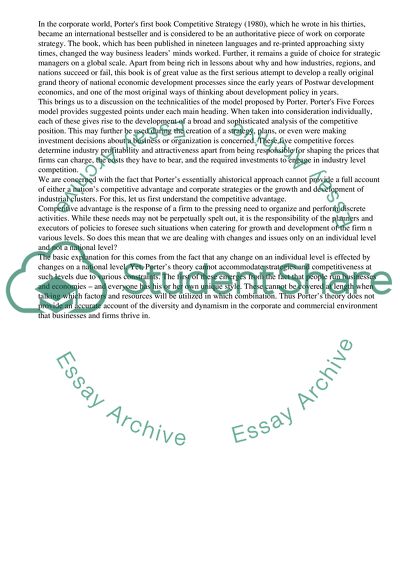Cite this document
(Porter's Theory - Competitive Advantage through an Ahistorical Term Paper, n.d.)
Porter's Theory - Competitive Advantage through an Ahistorical Term Paper. Retrieved from https://studentshare.org/management/1502091-porters-management-theory
Porter's Theory - Competitive Advantage through an Ahistorical Term Paper. Retrieved from https://studentshare.org/management/1502091-porters-management-theory
(Porter'S Theory - Competitive Advantage through an Ahistorical Term Paper)
Porter'S Theory - Competitive Advantage through an Ahistorical Term Paper. https://studentshare.org/management/1502091-porters-management-theory.
Porter'S Theory - Competitive Advantage through an Ahistorical Term Paper. https://studentshare.org/management/1502091-porters-management-theory.
“Porter'S Theory - Competitive Advantage through an Ahistorical Term Paper”, n.d. https://studentshare.org/management/1502091-porters-management-theory.


